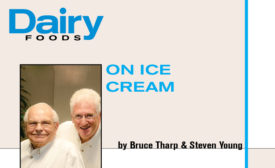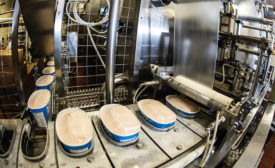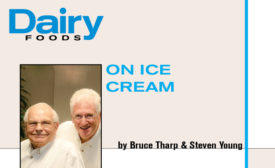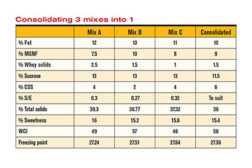Articles by Bruce Tharp
Certain ingredients allow ice cream to travel farther and recover from heat shock. But that doesn’t matter to the label-reading consumer. Here are some strategies for ice cream manufacturers to deliver a cleaner label.
Read More
Using ‘rare’ sugars in ice cream, frozen dessert formulas affects everything
Using ‘rare’ sugars in ice cream and frozen dessert formulas affects everything from nutrition labeling to processing considerations, like the freezing point depression.
September 7, 2016
Using ‘rare sugars’ in frozen dairy and nondairy desserts
In this first of two parts, the authors discuss ‘rare sugars’ and their application in frozen dairy and nondairy desserts.
May 9, 2016
Freeze ice cream from the inside out
Extremely cold ‘cryobits’ accelerate temperature reduction of the packaged product. Ice crystals and air bubbles are significantly smaller with partial cryogenic hardening compared to traditional hardening methods.
April 6, 2016
Do more with less: consolidate your ice cream mixes
Here’s what you need to know about consolidating mixes.
September 6, 2014
Stay ahead of the curve. Unlock a dose of cutting-edge insights.
Receive our premium content directly to your inbox.
SIGN-UP TODAYCopyright ©2024. All Rights Reserved BNP Media.
Design, CMS, Hosting & Web Development :: ePublishing





